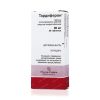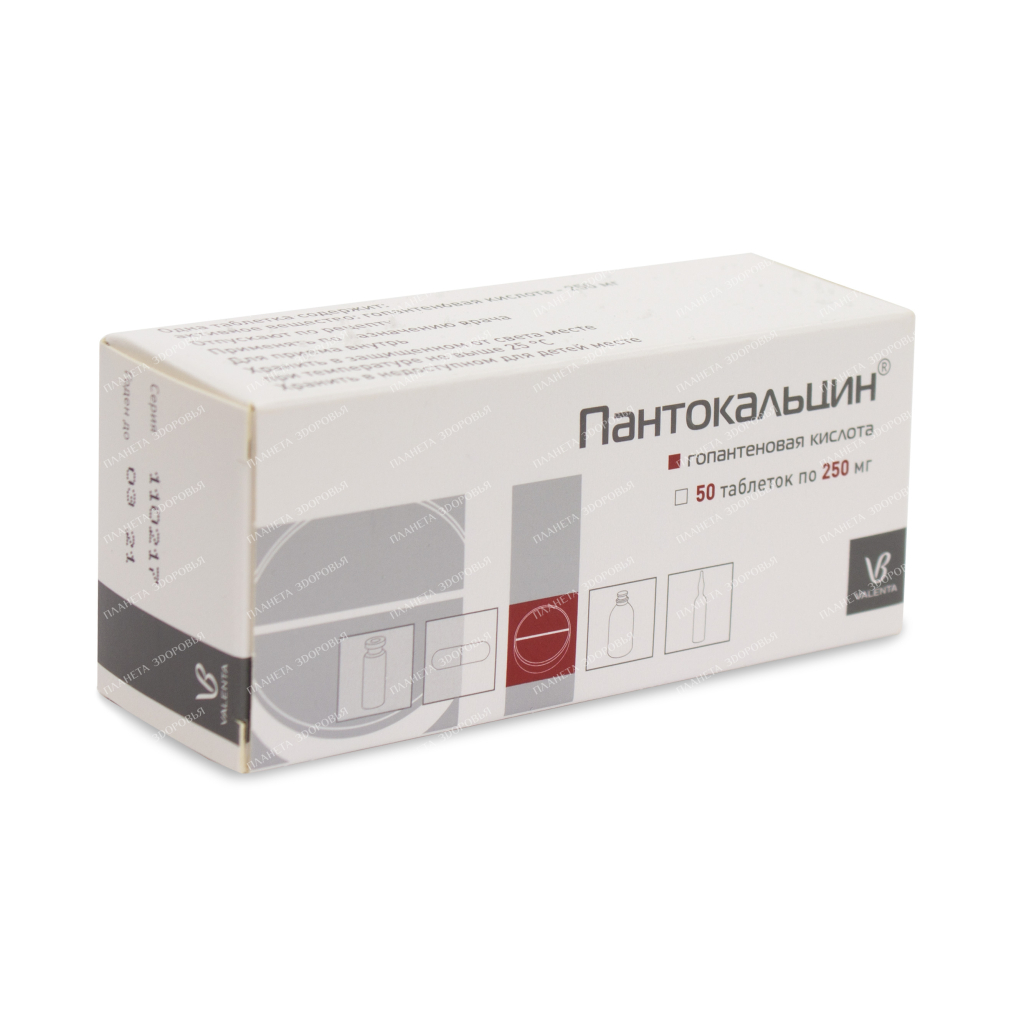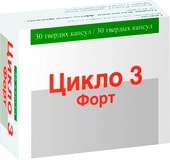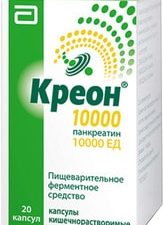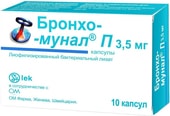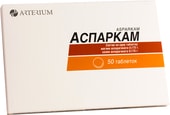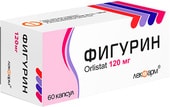Pantocalcin Tablets 250mg: Enhance Cognitive Function & Improve Brain Health
Pantocalcin tablets 250mg are a nootropic medication that helps improve cognitive function, memory, and overall brain health. This comprehensive guide provides detailed information on Pantocalcin’s composition, uses, dosage, side effects, and precautions.
Composition:
- Active ingredient: Hopantenic acid (calcium salt of hopantenic acid) – 250mg per tablet
- Excipients: Magnesium hydroxycarbonate, calcium stearate, talc, potato starch
Pharmacological properties:
Pantocalcin works by influencing the GABA-receptor-channel complex in the brain. This leads to a range of benefits, including:
- Nootropic effect: Enhances cognitive function, memory, and learning abilities.
- Anticonvulsant effect: Helps control seizures in epilepsy.
- Neuroprotective effect: Protects brain cells from damage caused by hypoxia and toxins.
- Sedative effect: Reduces anxiety and restlessness.
- Stimulating effect: Improves mental and physical performance.
Indications for use:
- Cognitive impairment: In organic brain lesions and neurotic disorders.
- Cerebrovascular insufficiency: As part of complex therapy for atherosclerotic changes in cerebral vessels.
- Senile dementia: Initial form.
- Residual organic brain lesions: In adults and the elderly.
- Cerebral organic insufficiency: In patients with schizophrenia.
- Extrapyramidal hyperkinesis: In patients with hereditary diseases of the nervous system (Huntington’s chorea, hepatocerebral dystrophy, Parkinson’s disease, etc.).
- Consequences of neuroinfections and traumatic brain injuries: As part of complex therapy.
- Neuroleptic syndrome: Hyperkinetic and akinetic.
- Epilepsy: With a slowdown in mental processes, in combination with anticonvulsants.
- Psycho-emotional overload: Decreased mental and physical performance.
- Urination disorders: Enuresis, daytime urinary incontinence, pollakiuria, imperative urges.
- Mental retardation: Delayed mental, speech, and motor development in children.
- Cerebral palsy: In children.
- Stuttering: Mainly clonic form.
Dosage and administration:
- Adults: 0.5-1g per single dose, 1.5-3g per day.
- Children: 0.25-0.5g per single dose, 0.75-3g per day.
Duration of treatment: 1-4 months, up to 6 months in some cases. A second course may be considered after 3-6 months.
Important Note: The specific dosage and duration of treatment will be determined by your doctor based on your individual needs and condition.
Side effects:
- Allergic reactions: Rhinitis, conjunctivitis, skin rashes.
- Sleep disturbances or drowsiness: Usually short-lived and do not require discontinuation.
- Noise in the head: Usually transient.
Contraindications:
- Hypersensitivity to hopantenic acid.
- Acute renal failure.
- Pregnancy (first trimester).
- Lactation.
- Children under 3 years of age (for this dosage form).
Precautions:
- Long-term treatment with other nootropic drugs or CNS stimulants should be avoided.
- Discontinue use if allergic reactions occur.
- Consult your doctor regarding use during pregnancy and lactation.
- Exercise caution while driving or operating machinery at the beginning of therapy due to potential drowsiness or noise in the head.
- Inform your doctor about any other medications you are currently taking.
Storage conditions:
- Store in a cool, dry place, protected from light.
- Keep out of reach of children.
Shelf life:
4 years.
Purchase Information:
- Available by prescription.
- Consult your doctor to determine if Pantocalcin is right for you.
Disclaimer: This information is for educational purposes only and does not constitute medical advice. Always consult with a qualified healthcare professional before taking any medication or making decisions about your health.
Keywords: Pantocalcin, nootropic, cognitive function, memory, brain health, epilepsy, mental retardation, cerebral palsy, stuttering, urinary disorders, dosage, side effects, contraindications, precautions, storage, purchase.
| INN | HOPANTENIC ACID |
|---|---|
| The code | 66 288 |
| Barcode | 4 602 193 009 448 |
| Active substance | Hopantenic acid |
| Manufacturer | Joint Stock Company Valenta Pharmaceuticals (JSC Valenta Pharm), Russia |
| Importer | IOOO Interfarmaks 223028 Minsk region, Minsk district, Zhdanovichsky s / s, ag. Zhdanovichi, st. Star, 19a-5, room. 5-2 |
Related products
Specialty Supplements
Specialty Supplements
 Free worldwide shipping on orders $99+
Free worldwide shipping on orders $99+  US: temporary delays — postal services aligning new import rules,
US: temporary delays — postal services aligning new import rules,  EU: 1–2 weeks,
EU: 1–2 weeks,  Worldwide: 1–4 weeks
Worldwide: 1–4 weeks 


